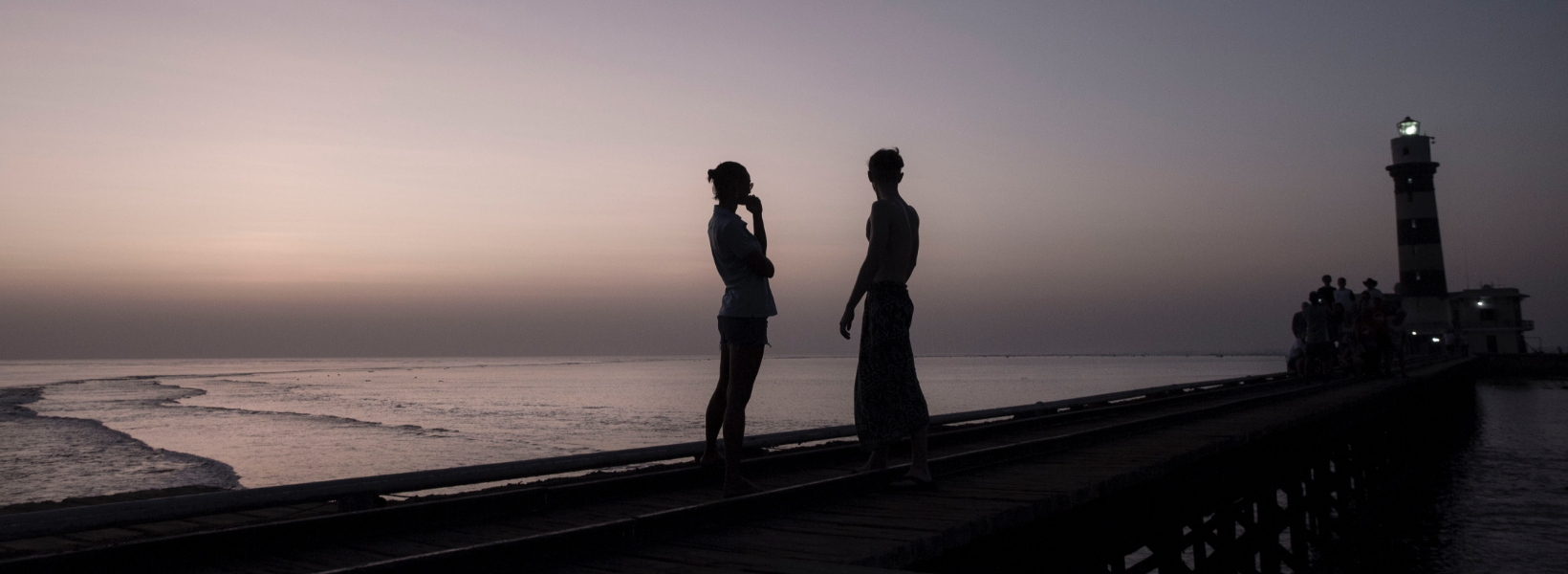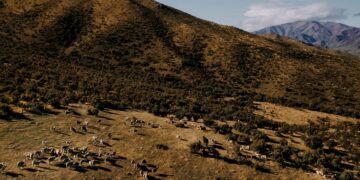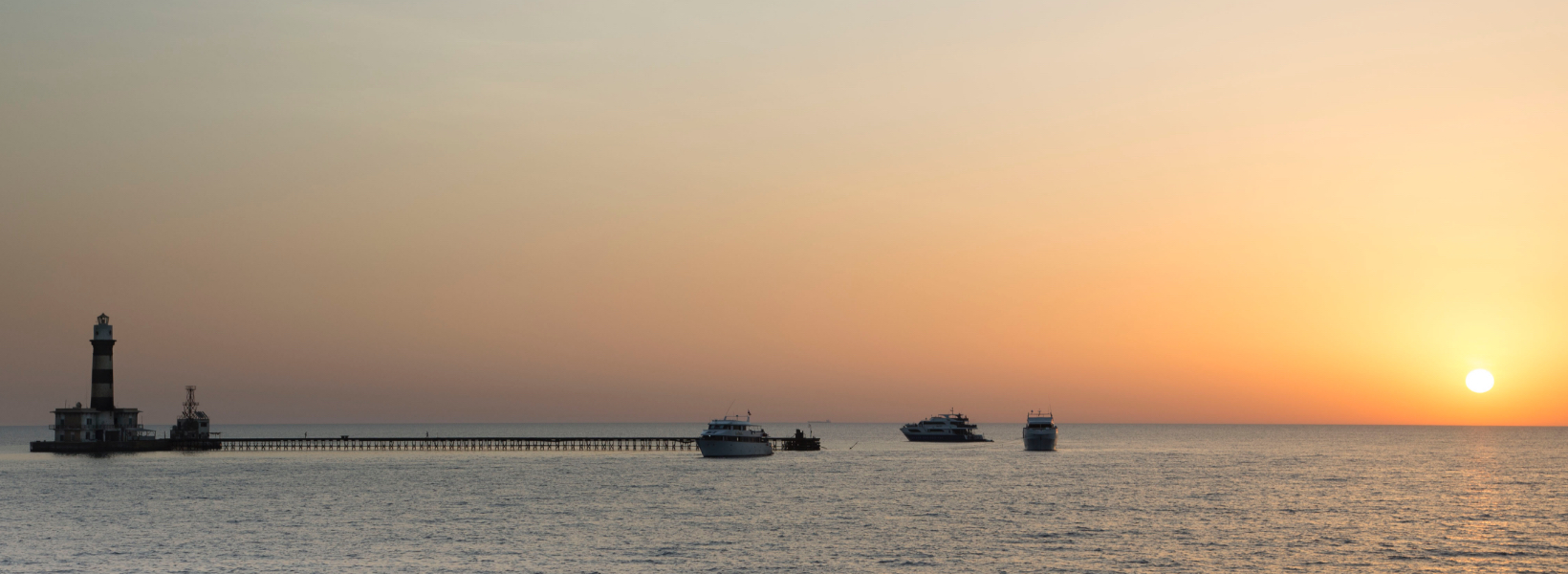In the middle of coral atoll, at the end of a crater, stands a tiny island of fine sand. The fishermen have always called it Abu Kizan.
With the intensification of maritime traffic at the end of the 1800s, the admiralty decided to facilitate navigation
by building a series of lighthouses along the route taken by their ships, guaranteeing a safe passage, even at night.
That day on the atoll of Abu Kizan, the lighthouse of Daedalus was born.
In 1993, major restoration work was carried out, including the mechanism on which the fascinating Fresnel lamp revolved.
The mechanism went from mechanical to automatic, losing its ancient charm, but guaranteeing additional security for passing ships.
The view from the top of the lighthouse is breathtaking, with two piers jutting out into the open sea, resting on the light sand, making this place unique in the world.
The sea that surrounds it is a riot of coral, fish and colours.
The ancient magic of Daedalus outside and under the water lives on.
“On the coral atoll of Abu Kizan, stands the Daedalus lighthouse.
The sea that surrounds it is a riot of fish and colours.”

Backstage
I saw the Daedalus lighthouse in the early 1990s, when we sailed on small boats to discover the secrets of the Egyptian Red Sea. Over the years of exploration and adventurous navigation, we floated on an open book still to be read. These experiences taught me to always sail in the direction of a dream.
Massimo Bicciato, photographer and traveller.













